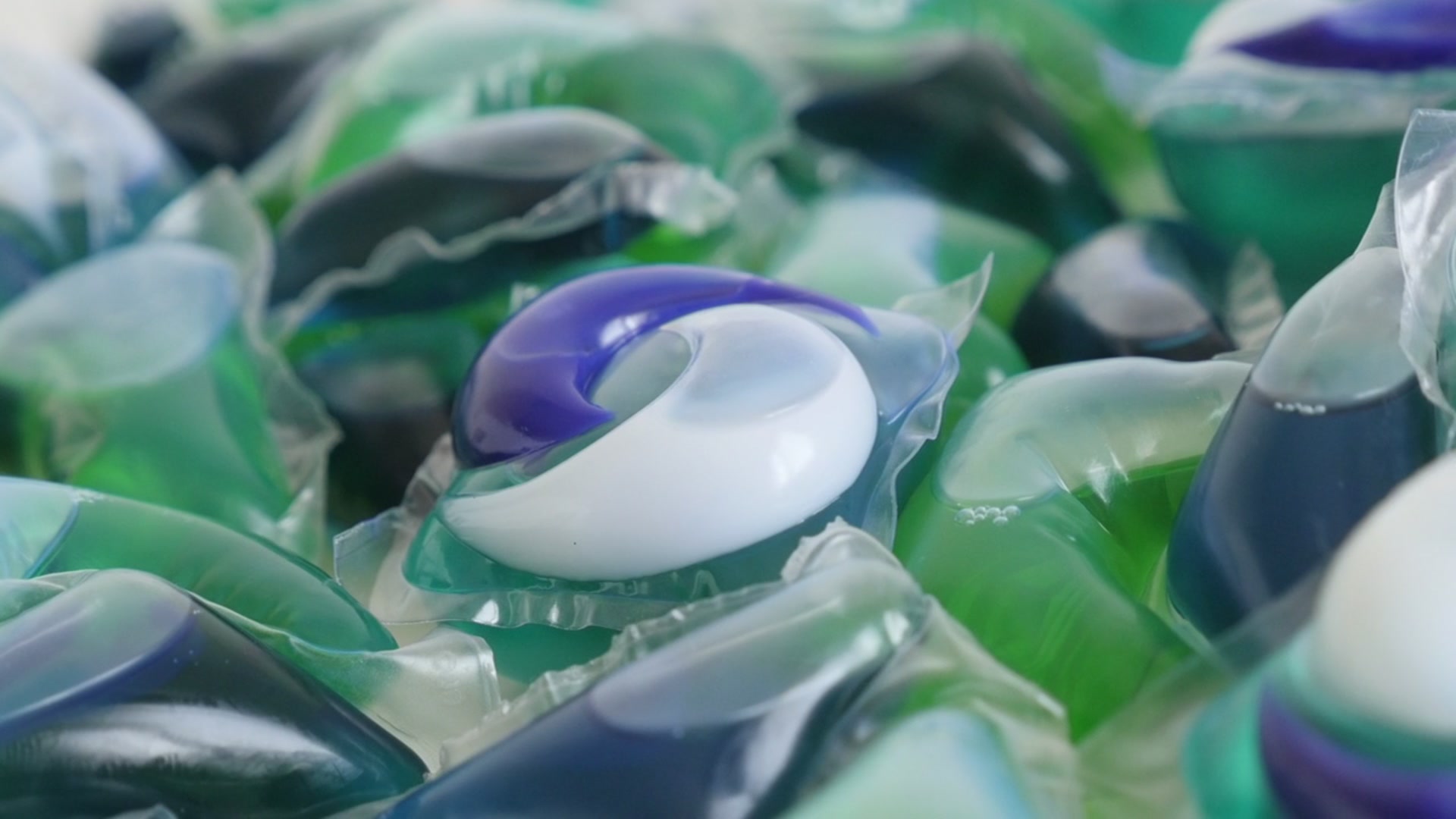Making smart food choices when you shop can be very confusing. What's really better for you "Whole grain" or "multi-grain?" How about "low fat" or "light?" "Sugar free" or "no sugar added?" Consumer Reports ShopSmart Magazine tells us how to decode sound-alike food labels.
Look for products labeled “low” instead of "reduced." "Low" has a definite meaning.
For example, "low sodium" means a food can't contain more than 140 milligrams of sodium, per serving. That's much clearer than something labeled "reduced sodium," which only means it has less sodium than the original product.
The same is true for "light" versus "low fat." "Light" only means less than the original. "Low fat" means it must have three grams of fat or less, per serving.
How about "multi grain" or "whole grain?" Multiple grains aren't a bad thing, but they can still be processed, so whole grains are a better choice.
And when it says "no sugar added," that only means sugar wasn't added in the processing. It doesn't mean it’s not in there.
What's the skinny on foods that contain hydrogenated versus partially-hydrogenated oils? Consumer Reports nutrition experts say: Stay away from both. Neither is heart healthy. Rather than hydrogenated or partially-hydrogenated oils, Consumer Reports says look for olive and canola oils on ingredient lists. They are better for your heart.
Consumer Reports
The latest news from Consumer Reports magazine.
Complete Ratings and recommendations on all kinds of products, including appliances, cars & trucks, and electronic gear, are available on Consumer Reports' website.



